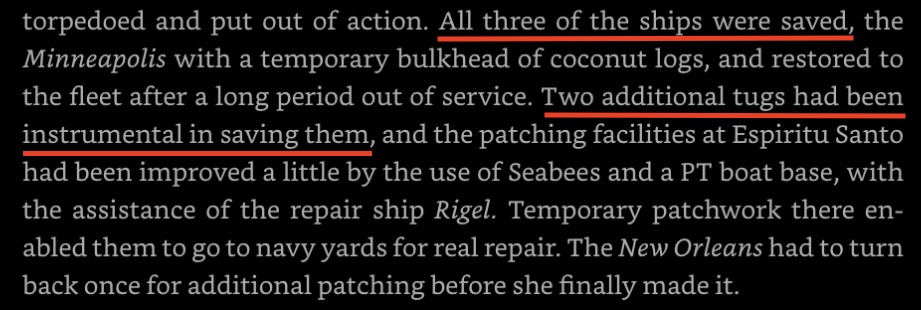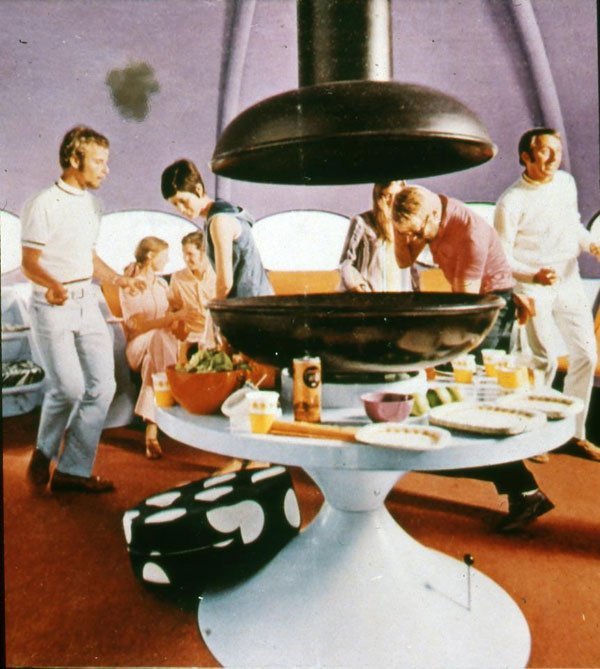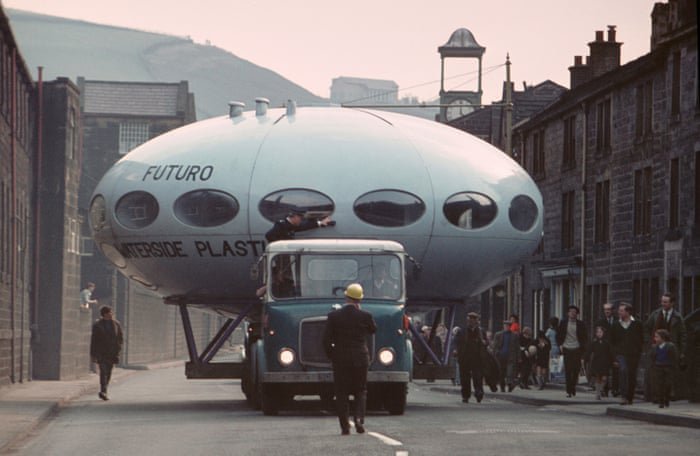
A few thoughts about tugs:
As I've been reading Beans, Bullets, and Black Oil, a 1952 book about logistics in the Pacific in WWII, I've been struck how often the topic of tugs has come up: ships that were saved because of their presence, or perhaps lost due to their absence.



One sometimes hears the PLAN described as a brittle and inexperienced force, unlikely to be able to succeed in real-world combat. How well have they provided for forces to conduct recovery and salvage?
- 14 tugs (ATAs)
- 13 PLAN rescue/salvage ships (ARSs), w/ 27 more under Ministry of Transportation
Worth noting IMO is that these are all likely to be located in the western Pacific. https://t.co/23uccgzcL6
Not specifically so, but IMO the relative lack of this capability is symptomatic, along with stories of double-pumped deployments and the like, of trying to run a worldwide Navy on the cheap...




























